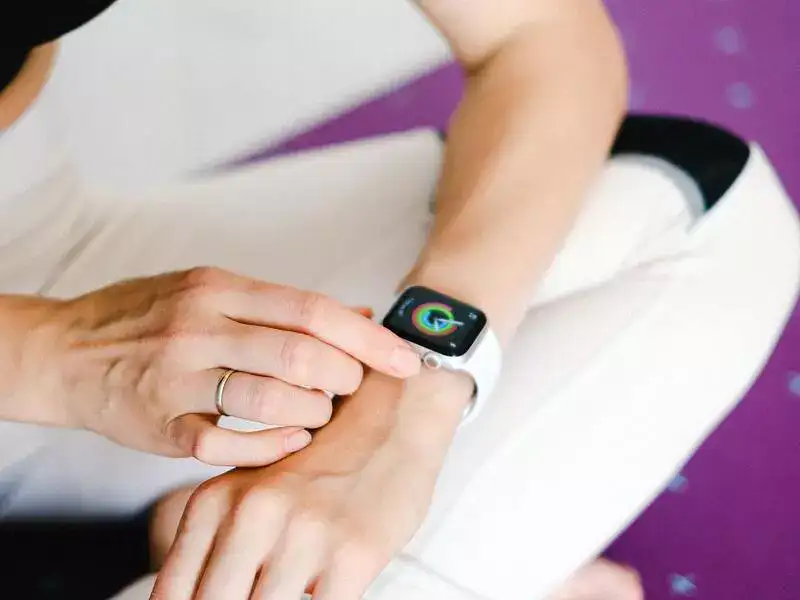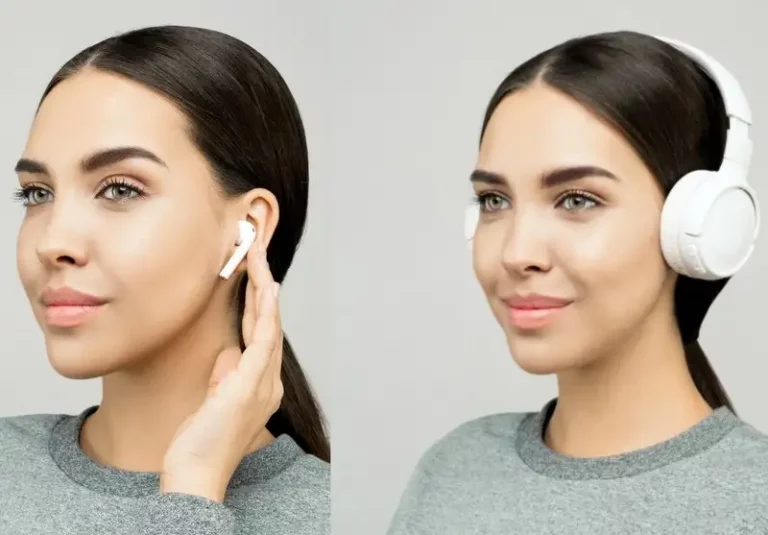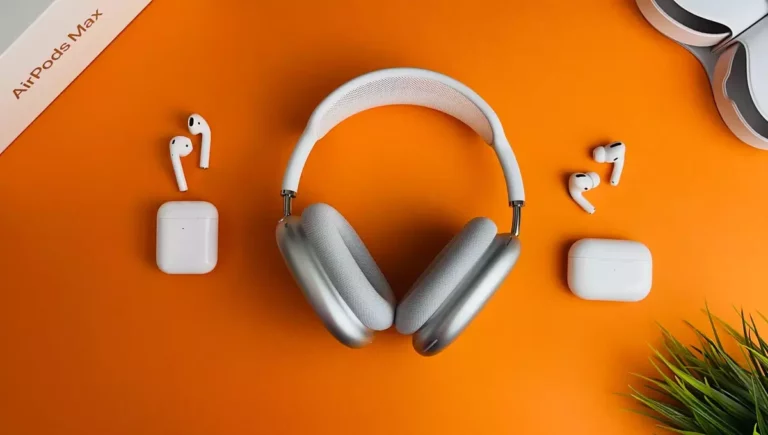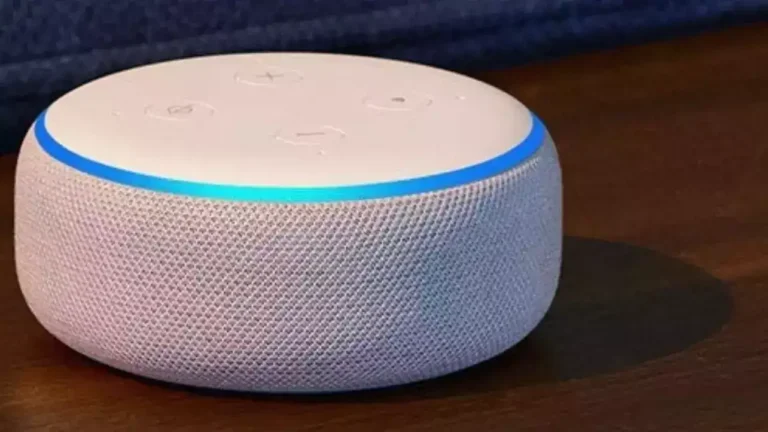Can A Smartwatch Cause Arm Pain? (Explained)
This site contains affiliate links to products, and we may receive a commission for purchases made through these links.
Technically, the first “smartwatch” came out much earlier, but it wasn’t till the 2010s that these wearables became the new “it” thing everyone had to have. Ever since then, their rise to popularity has been nothing short of meteoric – a tale for the tech hall of fame, if you will – and rightly so. I mean, there’s little that a smartwatch cannot do – it tells time (duh), plays music, tells the weather, helps you set fitness goals, keeps your heart rate in check, and gives you directions. I mean, it really does it all.
Therefore, reports of users experiencing arm, wrist, and shoulder pain while wearing these wearables were very worrisome. Could it be that this revolutionary piece of tech has adverse health effects? While I haven’t experienced any wrist aches or arm pain myself, the overwhelming complaints of users on various community forums were hard to ignore. Most blamed the radiation emitted by the smartwatch. So, I set out to investigate.
After intensive research, I concluded that your smartwatch is somewhat unlikely to cause you any arm or shoulder pain. There is no scientific evidence that radiation from the smartwatch cause health issues, and federal regulations are made to prevent it. But wearing the watch the wrong way can cause pain in your arm.
There are a few things you might be doing wrong. Read on as I explain if your smartwatch can cause sharp or dull pain in the arm, wrist, or shoulder – and what science has to say about it.

Likely Reasons Your Arm Hurts Wearing a Smartwatch
If you log onto various tech companies’ discussion boards, you will find numerous users attributing slight pinching pain in their arm, wrist, shoulders, and back to their smartwatch. Many consumers also expressed feeling pinching pain in their left medial deltoid muscle after wearing the watch on their left wrist.
The common reasoning for this claim was the radiofrequency radiation emitted by the gadget. And, it is true that smartwatches like the Apple Watch, for instance, use Bluetooth and Wi-Fi signals, whereas some other such products also emit cellular radiation.
READ MORE!
Can You Use Apple Watch or Fitbit Without Bluetooth?
While there are various studies on the adverse health effects of cellular devices, none have concretely concluded such evidence. (I will get to this point in detail further down the article.) However, many consumers experienced almost immediate relief in wrist pain, finger pain, and/or arm pain when they took their smartwatch off.
Upon research, I found that the actual cause of the slight pain (and shooting pain in some cases) had little to do with the emitted radio frequency but more to do with how you wore the watch.
This finding was corroborated by Dr. Sheetal DeCaria from the Revitalize Medical Center, who explained that nerve compression from wearing the watch too tightly could be why users experience wrist pain and then relief once they take it off.
She also warned that extended wear so that your nerves stay compressed could result in nerve damage. The indication for nerve damage could be pain in the hand muscles to tingling sensations or numbness.
Moreover, a pain researcher and a physio at Pathways, Alex Wood, commented that many of his patients complain of wrist pain after wearing smartwatches. Although the experience differs from person to person, most cases of discomfort were due to wearing the watch too high up the arm, on the pisiform bone, and wearing it too tight.
A simple solution could be to wear the watch higher up the arm, a little away from the wrist. While I understand that this may not be possible during high-intensity workouts, you can always minimize contact during leisure hours.

A simple fix like loosening the smartwatch or wearing it a little higher at times, away from the wrist area, could result in pain-free wearing for more extended periods.
You could also wear the watch on the opposite side and see if the problem persists. If you do not feel the same symptoms and the watch does not feel uncomfortable, it could be due to an underlying health condition, and you should seek immediate medical attention.
Another reason people complain of discomfort while wearing smartwatches like Fitbit is that they cause skin irritation. The basis for a rash or pain while using a smartwatch may be because you are allergic to the materials used in the watch itself. Ensure to check what metals or leather dyes are present in the manufacturing of the wearable.
READ MORE!
Can Fitbit Charge 5 Play Music Without The Phone? Review!
Moreover, you are also advised to wear the device properly (snug but not too tight) and give your skin a chance to breathe by taking the watch off for specific periods to reduce constant contact.
However, if you continue to feel soreness or pain in your arm, fingers, or wrist, make sure to consult a doctor.
What Does Science Say About Smartwatch Radiation?
I know what some of you might be thinking, “but what about studies on health safety related to prolonged use of smart devices? Did they not connect it to cancer?” Well, no. And, the CDC has confirmed there is not enough evidence to recommend the complete elimination of smart devices from our lives.
READ MORE!
Why Does My Smartwatch Flash Green?
According to the CDC, even though there are various studies underway, science, for now, does not link radiofrequency radiation to health problems. Moreover, tech wearables have to limit their RF radiation exposure according to the Federal Communications Commission(FCC) standards.
Should You Be Wearing a Smartwatch All The Time?
Many smartwatch health features are FDA approved. For example, in 2020, Apple got FDA approval for its advanced ECG feature. Besides that, if you are still concerned about smartwatch radiation, you can put it on airplane mode while sleeping and take it off to avoid extended wear.
However, as far as scientific evidence goes on the radiation emission from tech wearables, you have nothing to worry about should you use the smartwatch as intended by manufacturers and exercise responsibility.
Can Fitbit Cause Carpal Tunnel Syndrome?
Fitbit is synonymous with smart fitness tracking. However, many users have complained of wrist pain. Some worry if prolonged use of Fitbit can cause carpal tunnel syndrome. Even though Fitbit recommends people with carpal tunnel syndrome or tendonitis to consult a doctor before purchasing the product, it is unlikely that the syndrome could be caused by it.
The compression of the median nerve causes carpal tunnel syndrome; thus, wearing a smartwatch (or any watch for that matter) could worsen symptoms but not instigate them. Generally, repetitive motion is another leading cause of CPS. However, many users eventually found that wearing the watch properly can help dissipate pain.
However, should you experience consistent symptoms like numbness, shock-like sensations, and twitching in your fingers, including weakness in your hands, you should seek medical help.
How To Wear Your Apple Watch Properly To Avoid Nerve Pain
With no concrete scientific data to prove health scares associated with smartwatches, it becomes even harder to ignore how tremendously valuable they are.
A fitness tracker like Fitbit, your Samsung Watch, or the smart Apple watch could be the sole reason you avoid a severe medical emergency. I mean, I am serious when I say that these tech wearables can save lives. It would be a shame if you cannot take advantage of the fantastic benefits smartwatches have to offer just because you are wearing it wrong.
If you feel that pain shoots up your arm as soon as you put on your Apple Watch, then read on the following tips to learn how to wear it the right way.
- Apple recommends that the watch should sit on the wrist for the sensors to work correctly. Tighten the smartwatch during a workout but loosen it later to avoid discomfort.
- Even when tight, the fit should be snug, not compressing nerves.
- Usually, leaving a pinky finger’s worth of space between the skin and watch makes for the most comfortable fit.
- Ensure correct band size before buying.
- Band material can also cause skin irritation. You can check varying band materials and Apple Watch models to see if you are allergic to certain materials.
- Buy a Solo Loop or an alternate band should the original one doesn’t fit. However, remember that Solo Loops can lengthen over time.
- Something as simple as wearing the smartwatch on your non-dominant hand can help achieve a better fit (and better readings).
Trying out these simple tips can help you achieve a snug fit and contribute to your tech wearables’ longevity.
The Verdict
While many people still find it prudent to avoid using tech wearables like smartwatches all the time, owing to EMF radiation. However, there is still a lack of scientific evidence to support any claim of bodily discomforts like arm pain, wrist aches, or sore shoulders attributed to smartwatch usage.
Moreover, smartwatches are such excellent portable gadgets that you simply cannot deny their importance in fitness and health management. With almost everyone owning a smartwatch, consumer outcry over arm- and hand pain issues cannot be ignored, especially if long-term use is something to be cautious about.
However, as of now, you can (responsibly) continue to enjoy your smartwatch while making sure that you are wearing it the right way.
Keep the watch clean, dry, ensure a little room to avoid skin irritation, and you should be good to go.
If you want to find the correct smartwatch for your need, I recommend you to read the following article: The Correct SmartWatch for You in 2022! (Cheat Sheet!).

Espen
Espen is the Director of ProPairing and has written extensively about Bluetooth devices for years. He is a consumer product expert and has personally tested Bluetooth devices for the last decade.






